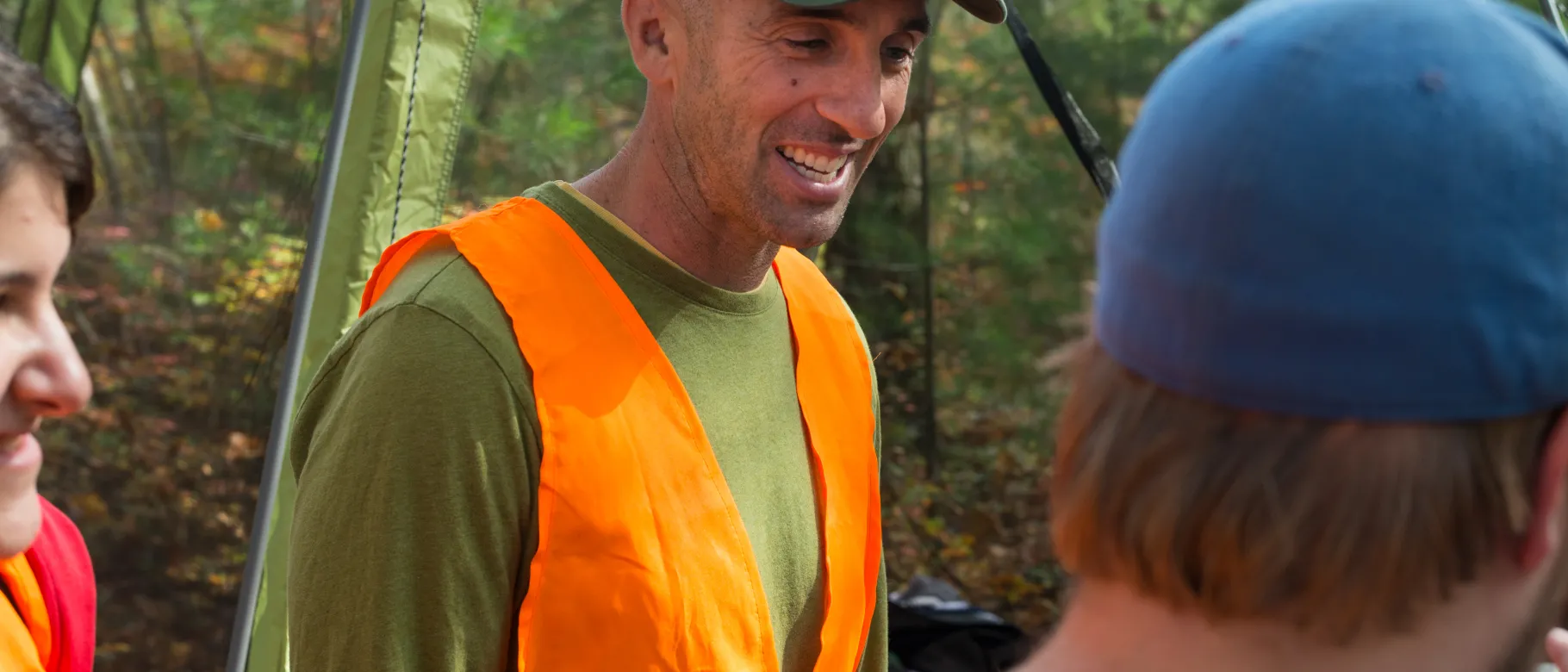Noah Perlut’s bobolink research the subject of an article in 'BirdGuides'

From 2013 to 2017 Noah Perlut, Ph.D., associate professor in the Department of Environmental Studies, tracked the fall migration of the bobolink.
His research was recently featured in an article in BirdGuides.
BirdGuides publishes a joint weekly newsletter with Birdwatch magazine. Together the two brands have a combined social media following of more than 80,000 and a total social media reach of 267,000.
Perlut's research was also published in The Auk: Ornithological Advances, a peer-reviewed scientific journal and the official publication of the American Ornithological Society.
Perlut’s aim was to understand variation in the fall migration route by bobolinks while crossing the Atlantic Ocean and Gulf of Mexico. He tracked the birds traveling from Vermont to Argentina by attaching miniature geolocator devices on them.
One year later Perlut recaptured the bobolinks, removed the geolocators and studied the location data. He found that most Bobolinks take massive, nonstop trans-oceanic flights between North and South America—up to 3700 km nonstop. These are the longest non-stop flights yet identified by songbirds.
According to Perlut, tracking technology deployed on migratory songbirds is rapidly changing our understanding of their physiological and geographic limits.